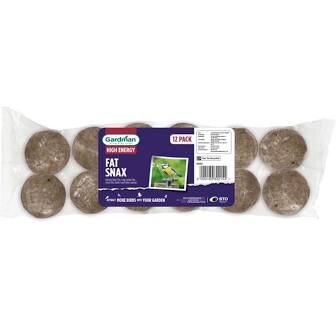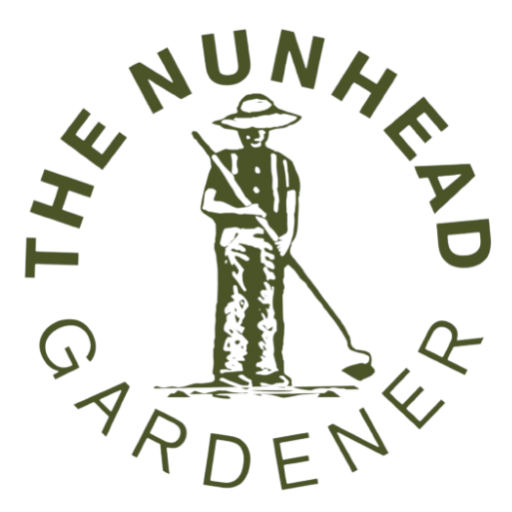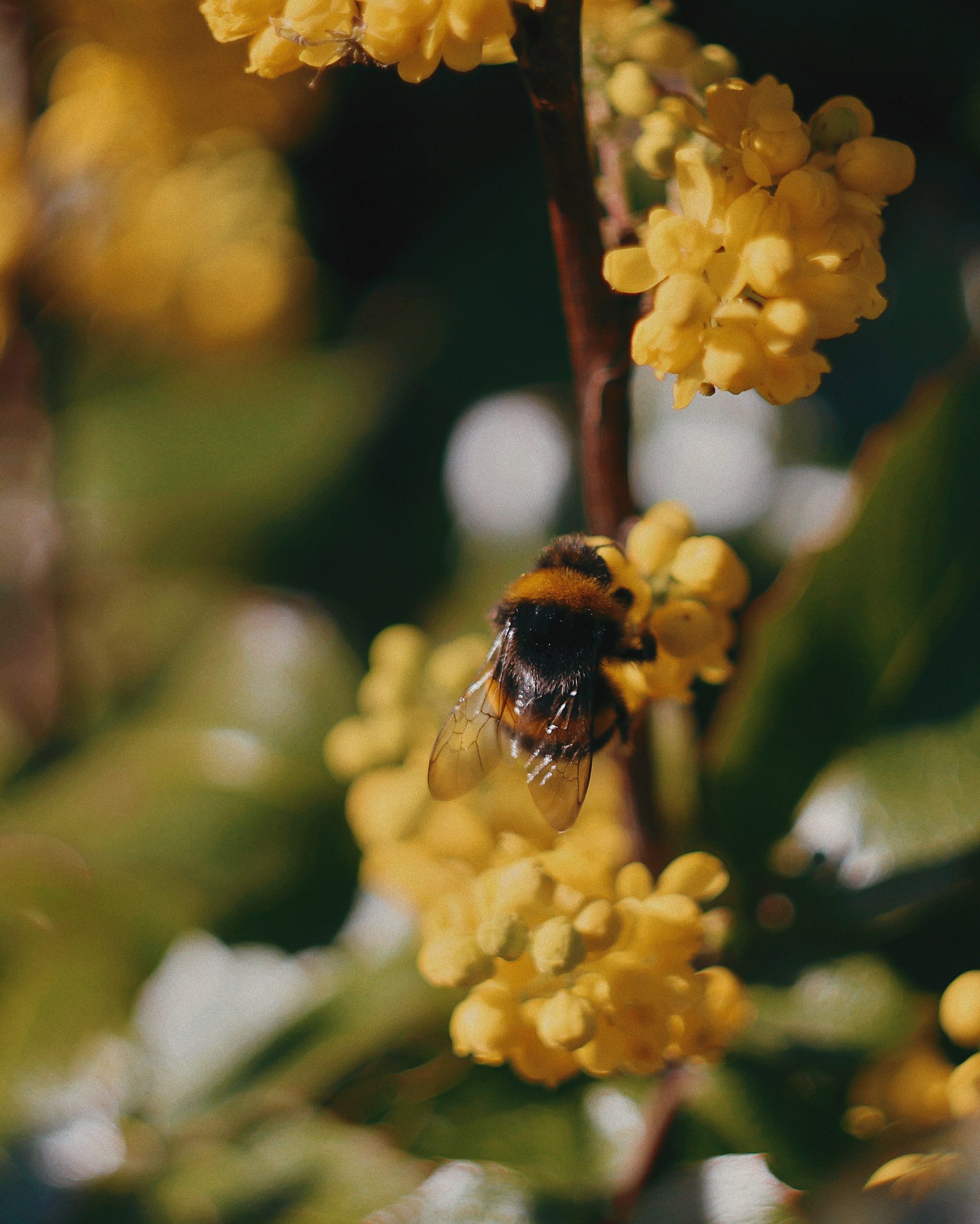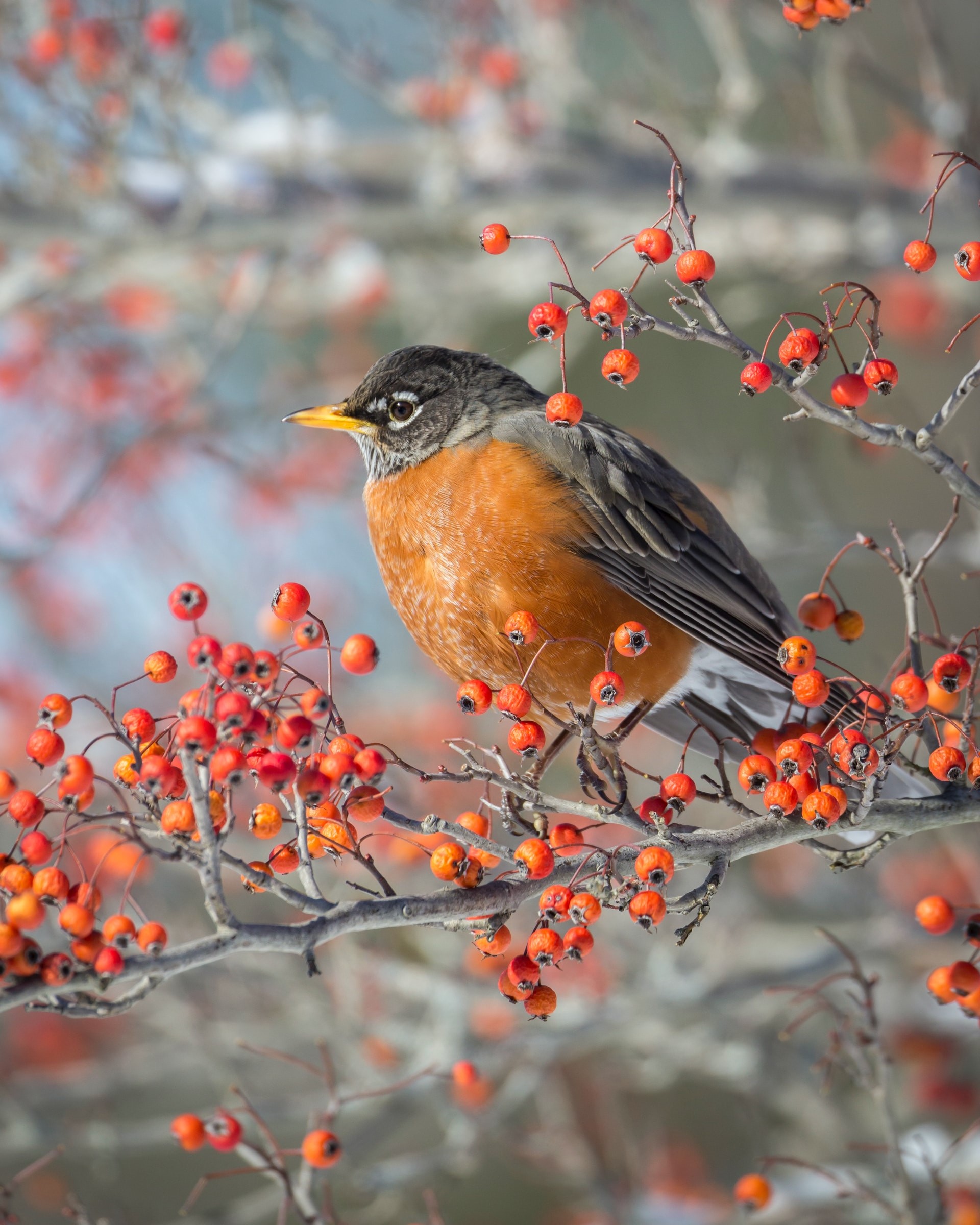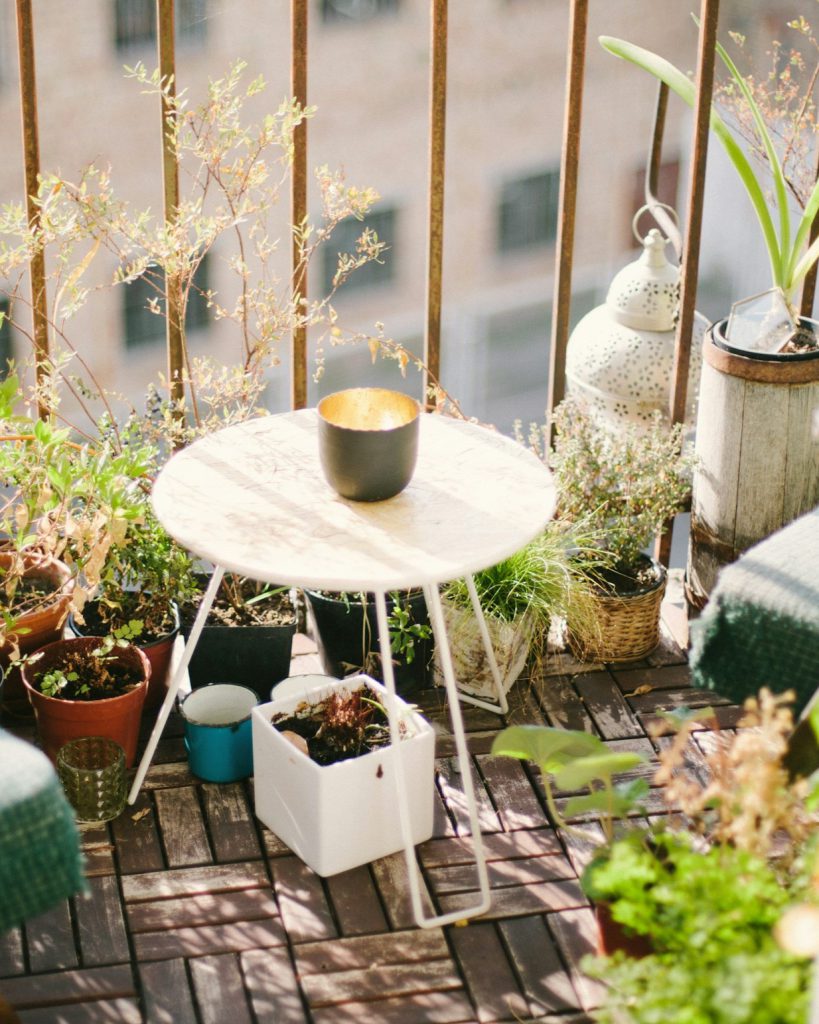
Eleanor Clarke
ENVIRONMENT
Tips for wildlife-friendly gardens & balconies
Attracting wildlife into the garden, no matter how small the space, will bring joy as well as a helping hand with pollination, soil improvement and more. it’s all about sharing the love…
Don’t be too tidy
Fallen twigs, decaying tree stumps and piles of leaf litter all increase the habitats available to creatures such as insects, beetles and worms. Letting leaves rot where they fall for insects and invertebrates to break down will improve your soil, and birds will feed on the insects, so everyone’s happy.
Ditch the chemicals
This is one piece of advice you can heed even in the tiniest of spaces. Use bio washing-up liquid, then you can water plants with your used water. Pick off any greenfly by hand, or leave nature to take care of it for you: ladybirds and other beneficial insects thrive in chemical-free spaces. If you’ve the space, make your own compost – there’s nothing like it to give plants a boost.
Collect rainwater
There are plenty of gardeners who advise against watering in borders. Instead they’d advise choosing tough, drought-tolerant species designed to cope with our summers. There’s certainly something to be said for this approach. For pots, which really won’t survive without your helping hand, save rainwater in butts or troughs left out in storms.
Position plants where they’ll thrive
This means reading your labels and giving your plants what they need from the get-go. The result is they’re quicker to establish and more resistant to pests and diseases. Also they’ll need less from you in terms of water (see point no. 3) and feeding.
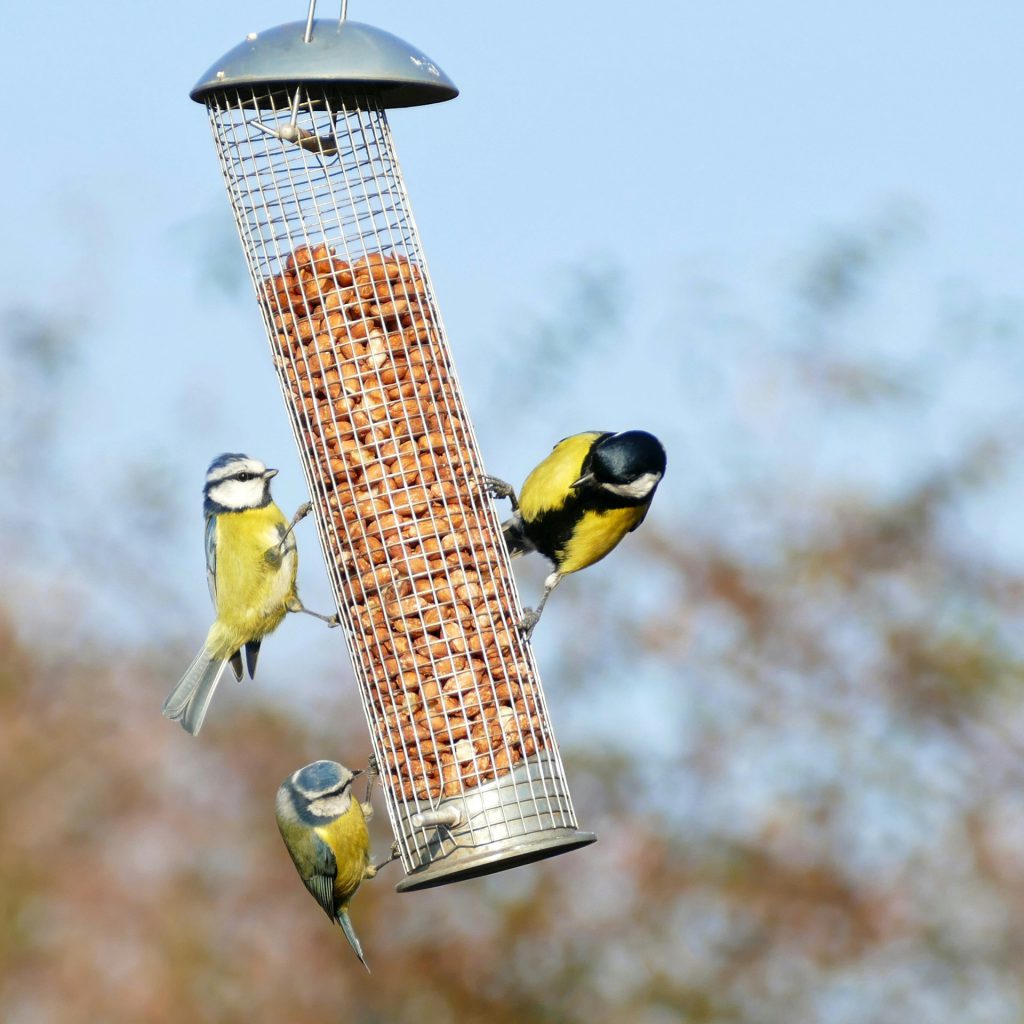
Blue Tits (Cyanistes caeruleus)
Hang a bird feeder or two
If you want to attract a particular species, do a bit of research. Bluetits love fatballs and peanuts, while robins also love mealworms. Finches have a fancy for niger seeds and sunflower hearts (the seed without the dark husk). Cats can be a big problem in urbans areas, so make sure they’re well out of reach.
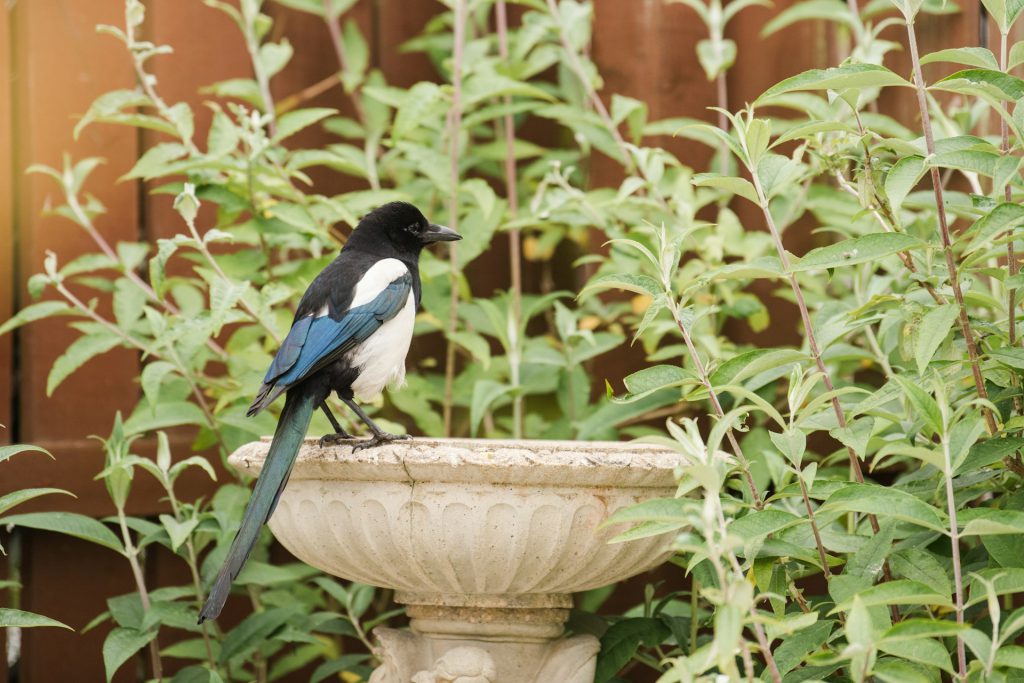
Magpie (Pica Pica)
Put in a washroom
If you provide a shallow dish of clean water, birds will come to drink and bathe, while insects – including butterflies and dragonflies – will use it as a drink station too.
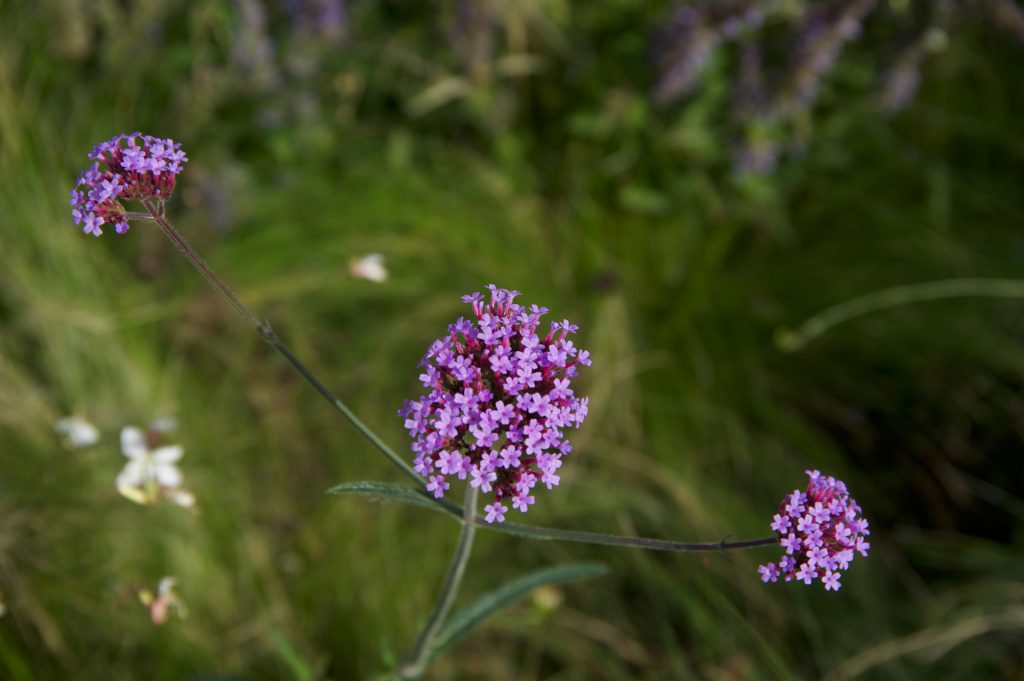
Verbena bonariensis
Provide year-round nectar
In summer it’s easy to be bountiful to pollinators – buddleia, Verbena bonariensis, salvias, leaving your lawn weeds to flower before mowing… everything helps. For winter nectar, mahonia, hellebores, crocus and heathers will all fill the hungry gap.
Remember the moths!
Moths are important pollinators too, taking over night duty from bees, hoverflies and other daytime insects. Evening primrose, tobacco plants, honeysuckle and summer-flowering jasmine are some of their favourite nectar sources.
Leave a wilderness patch
Admittedly, this one’s less possible on a balcony or in a tiny garden, but if you have the space, even a small area left to be taken over by weeds and nettles (the food plant of the peacock and small tortoiseshell butterfly) will soon become home to all kinds of insects
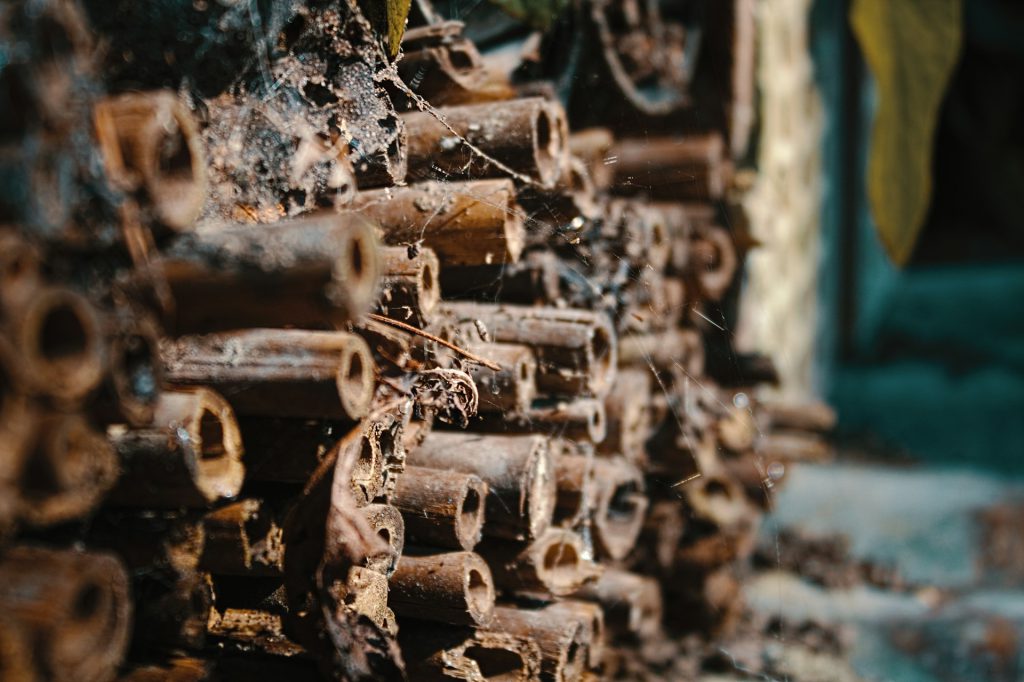
Make a bug hotel
It doesn’t have to be five star, and any combination of sticks, stones, canes, straw and old pots will do, given a makeshift roof to keep them dry and homely. If all you have is a balcony, then pack a small pot with twigs and straw and hang it on its side.
Remember, if we don’t have specific plants in stock, just come and ask one of the team. We’ll be happy to suggest an alternative or order it for you, if we can.
Read more:
ENVIRONMENT
ENVIRONMENT
Shop from this story:
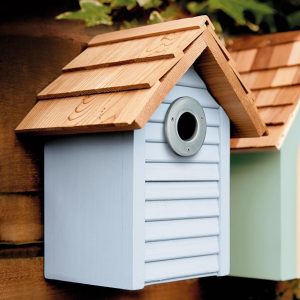
Beach Hut Nest Box
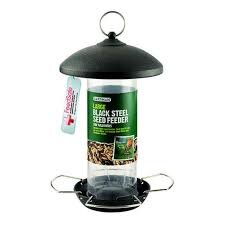
Steel Seed Feeder
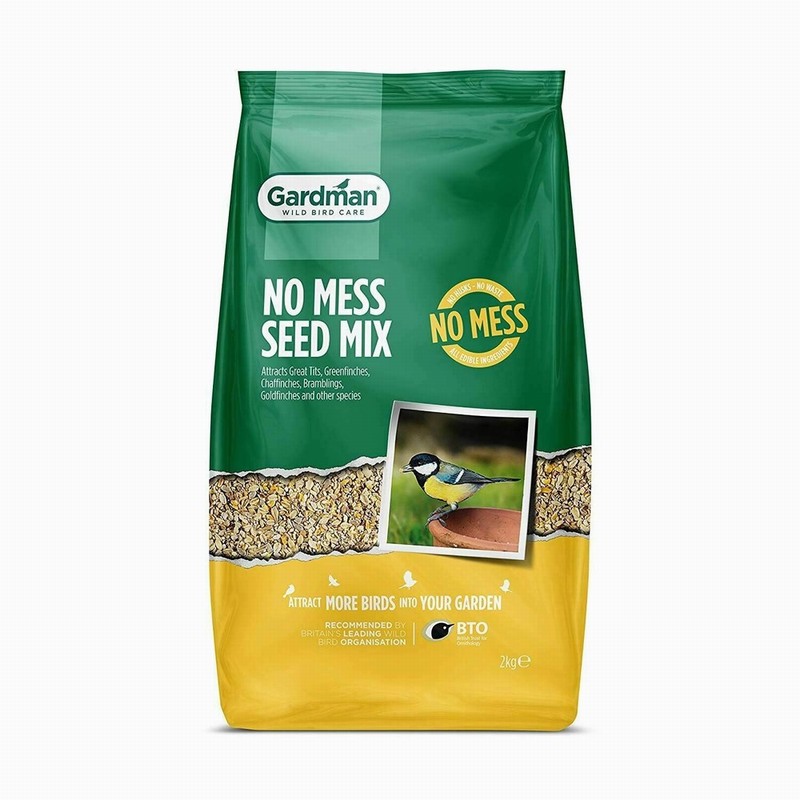
No Mess Seed Mix
